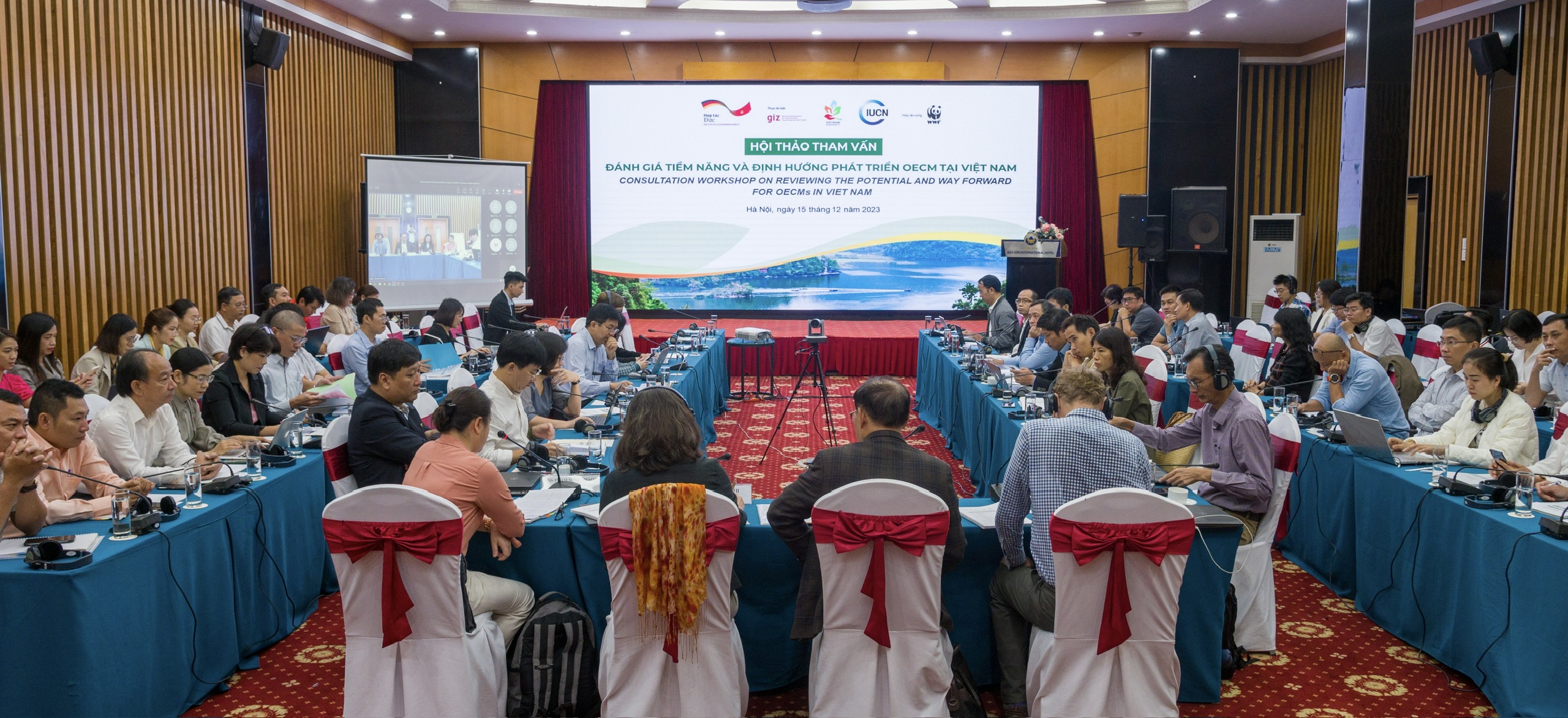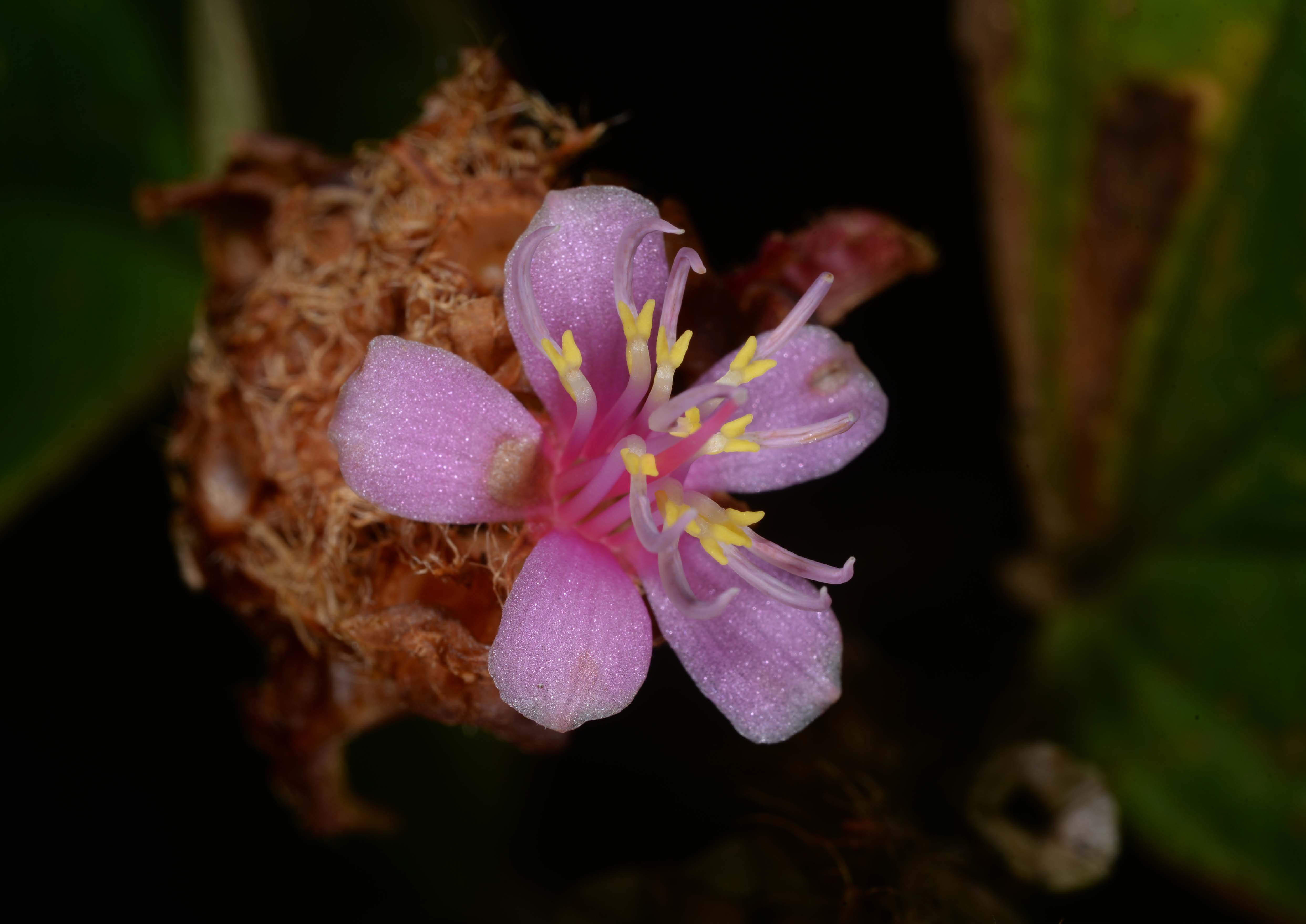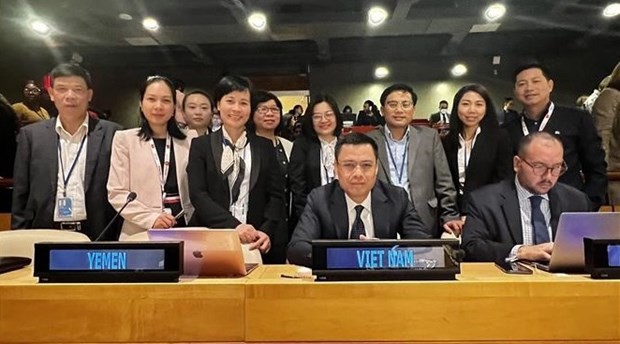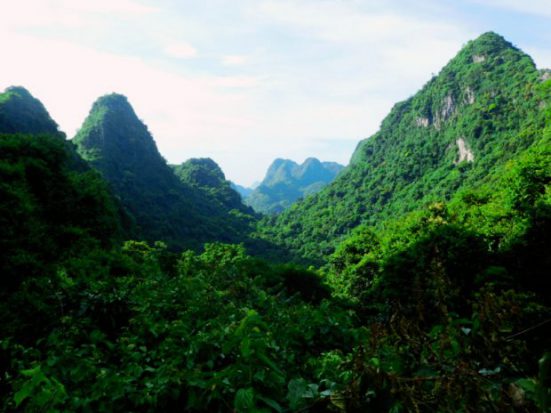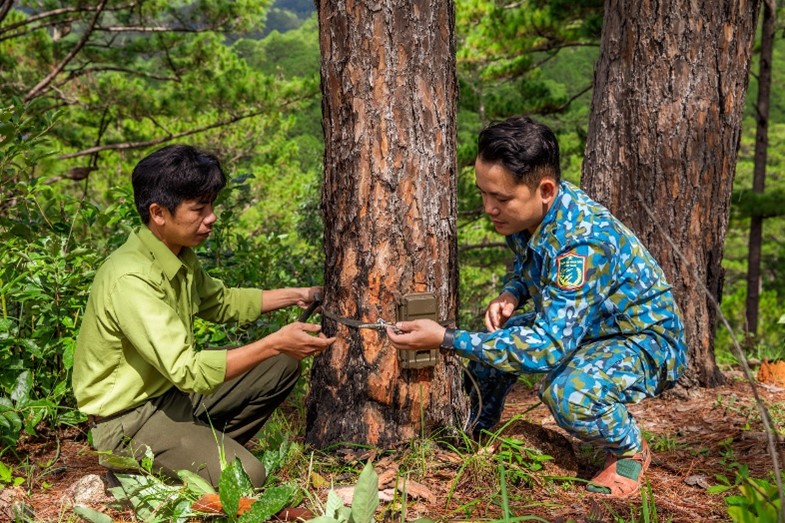In the early morning of 19 December 2022, a historic deal was agreed upon, the Kunming-Montreal Global Biodiversity Framework (GBF). Many observers have called this the “Paris moment for nature”, recreating the momentum of the Paris Agreement in the fight against climate change. The GBF replaces the former Strategic Plan for Biodiversity 2011-20 and the Aichi Biodiversity Targets.
The framework was signed at the 15th Conference of the Parties (COP15) of the Convention on Biological Diversity (CBD) which was originally supposed to take place in Kunming, China, in October 2020. Because of the Covid-19 pandemic, the conference was rescheduled and moved to Montreal where the CBD headquarters is based.
The decision includes a 2050 Vision and a 2030 Mission, 4 long-term goals and 23 specific targets.
2050 Vision: a world of living in harmony with nature where: “By 2050, biodiversity is valued, conserved, restored and wisely used, maintaining ecosystem services, sustaining a healthy planet and delivering benefits essential for all people”.
2030 Mission: to take urgent action to halt and reverse biodiversity loss to put nature on a path to recovery for the benefit of people and planet by conserving and sustainably using biodiversity and ensuring the fair and equitable sharing of benefits from the use of genetic resources, while providing the necessary means of implementation.
Many of the goals and targets go beyond the previous Aichi targets. Among other things, the long-term goals call the parties to close the biodiversity finance gap of $700 billion per year. By 2030, biodiversity funding from all sources is to increase to at least $200 billion, according to target 19. Also, the conservation goal has been enhanced by protecting 30% of terrestrial, inland water, coastal and marine areas through protected areas (PAs) and other effective area-based conservation measures (OECMs) and restoring at least 30% of degraded terrestrial, inland water, coastal and marine ecosystems by 2030.
A much-discussed topic at the negotiations was the twin crisis of climate change and biodiversity loss. On the one hand, climate change is likely to overtake human land use change to become the major driver of biodiversity loss by 2070. At the same time, biodiversity loss exacerbates climate change and also makes it harder to deal with climate change impacts. The GBF takes up this notion by calling to minimize the impacts of climate change on biodiversity and increasing its resilience in target 8 as well as promoting nature-based solutions and ecosystem-based approaches in target 11.
Vietnam’s Deputy Minister of Environment and Natural Resources, Vo Tuan Nhan, who attended the conference said the country will further actively be part of efforts for the global biodiversity preservation and is willing to mobilise all resources for effectively implement its national strategy on the matter, affirmed.
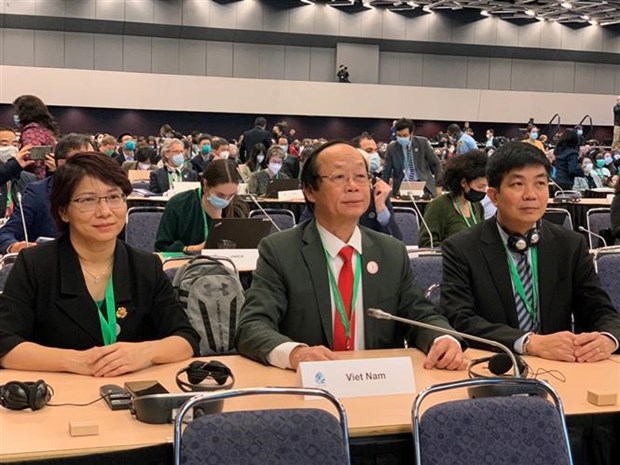
Furthermore, Vietnam recommended to quickly establish mechanisms to support its implementation, including new ones for finance, resource mobilisation, capacity building, technique, scientific cooperation and technology transfer.
Vietnam’s national biodiversity policy has been laid out in the National Biodiversity Strategy and Action Plan (NBSAP) to 2030, with a vision to 2050 that was issued in January 2022. In there the government commits to 9% of PA on land and 3-5% of PA in marine and coastal areas. The target for restoration of degraded ecosystems was increased compared to the previous NBSAP from 15% to 20%.

